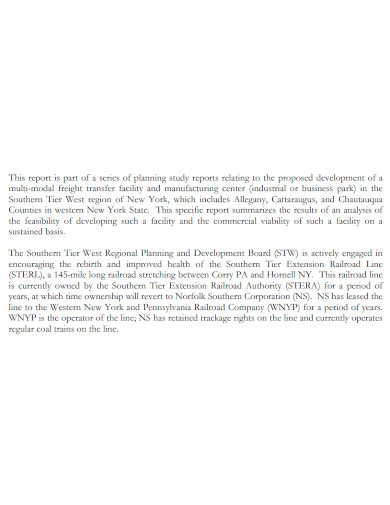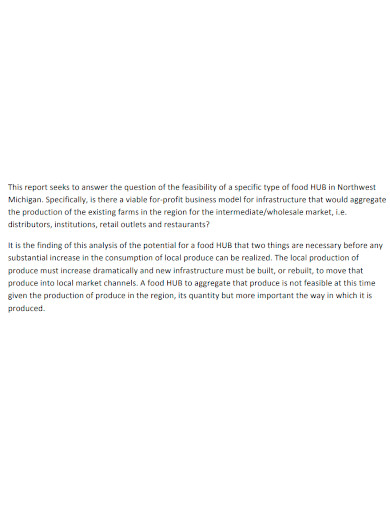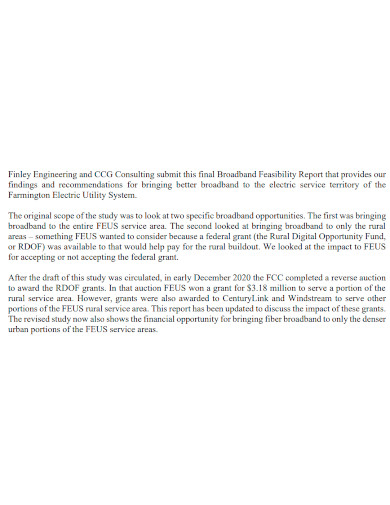Starting a business is actually quite simple, especially if you have prepared everything you need ahead of time. Some components really only require a bit of time and effort like legal papers, finances, intellectual property, human resources, and sales and supplies, all of these are pretty much straightforward and once you’ve accomplished everything, then you’re basically set to start your new business. Figuring out whether you’ve started the right business or not, well, that’s another thing.
You see, although starting the business is easy (you just establish your shop, hire someone to work for you, do a little bit of marketing, all those things), actually figuring out if your business will succeed, takes simply a lot more than that. You actually have to study if your venture is feasible, will it succeed in the long term, or not. And as a startup businessman, you might even have a preliminary set criteria that should determine if the new business succeeded or failed.
If you are indeed a startup businessman and is looking for a way to evaluate your business early on whether or not it will succeed, then you’ve come to the right place, if not, and you’re just looking for some corporate documents that you have to write, then we’re still happy to have you on the ride. Now, the best way to achieve and to come to an informed decision regarding a new venture, especially in business, is to write a feasibility report. Feasibility reports look into the intricacies of your new project and helps you collect and analyze data to come to an informed decision regarding the fulfillment of your new project.
Essentially, it helps you see how feasible it is and should help you decide whether the investment is worthwhile or not. But drafting a feasibility report really is not easy for everyone, it takes a lot of commitment to ensure that it is accurate and unbiased, and that it presents the best possible results to you. Since we’re here, we thought we’d help you take some of that burden off of your shoulders, and even give some tips that will surely be useful in the writing process. For now, check out these business feasibility report samples listed below you give you an idea of what this document looks like and how to properly write it.
3+ Business Feasibility Report Samples
1. Business Feasibility Report Sample
2. Business Feasibility Report Format
3. Printable Business Feasibility Report
4. Business Feasibility Analysis Report
What Is a Business Feasibility Report?
A feasibility report is an essential document that is developed during the initial stages of a project or a proposed plan. Feasibility reports help identify, explore, and evaluate a project’s feasibility to prevent spending valuable time and resources on a project that’s not worth the investment. As the name implies, writing one means asking “Is this feasible?”. It covers significant aspects of the project such as the resources required, technology you need to achieve your goal, criteria of success, and projected return on investment. There are cases where a project may not be feasible at all, and this can be due to a lot of reasons such as the lack of funding, lack of manpower and other resources, and other factors that you have to be able to identify early one.
And while the venture may not be worthwhile, a feasibility study can also be used to identify possible workarounds or solutions or alternatives that a company can take to be able to achieve their goals. Feasibility reports not only analyze the project itself, but also the environment that the project will be working with. There may be some external hindrances that could affect the development, or some present factors that could pose a problem in the future. Feasibility reports give you valuable insights regarding the fulfillment and the future of your business project.
How to Write a Business Feasibility Report
As I’ve already established, writing a feasibility report can be really challenging, there are a lot of factors to be considered, both internal and external, and steps to take to ensure that the information you have gathered is factual and complete, whilst making sure that everything else is presented properly. A poorly drafted feasibility report could lead to the company venturing into a project blindly without knowing the exact rate of success and the scope of the problem that they will be dealing with. There are several key steps to consider and keep in mind when writing the document, to ensure that it is well and properly written. These key steps will be discussed in more detail below.
- Preliminary analysis
Begin by developing an outline of your plan. What it is about and what unserved need in the community does it fulfill. Identifying the trend of supply and demand in the market early on should help you establish whether your project has a distinct advantage in the market or if the obstacles are too high for the company to scale. - Projected Income Statement
This step should require you to work backwards. Establish your expected income from the project, data gathered from your preliminary analysis should be able to help you with this, as you should already have an idea of the demand in the market that you will be working with. Project your expected income and what investments you might need to achieve that goal. Also take into account what services you require and the cost of these services such as reimbursements. - Market Survey
This is the most important step in writing you feasibility report. Your preliminary analysis should have dived slightly into this, but it’s time to delve deeper to get a much clearer picture of what revenues you can expect from your business. It should be able to study factors such as demographics, market competitors, geographic influence, market value, and the market response. This is a very crucial step to make your feasibility report as thorough as possible, and if the company currently doesn’t have the resources to conduct this, then it is advised to hire an outside firm to do it for you. - Propose the best solution
After all the important work has been done, it’s time to compare all the gathered data and come to a decision, or propose the best decision. You should be able to see the feasibility of your project right about now, compare the data from your market survey to the preliminary analysis you have made and to the criteria of success you have established. Use your experience and knowledge in the field to present the results in the best and most convincing way possible. Ensure that whoever will read your feasibility report realize that this is the best option to take to preserve the company’s optimal project resources and gain the most benefit and return on investment for the company. Use charts, graphs, and tables to be able to present your data and analysis in the best way possible and provide a visual aide for your data comparison. - Review and conclusion
The steps above are all important, but reviewing your work and analyses is equally important to make sure that everything is proper and nothing requires further tweaking and changes. Be sure to take your time in reviewing and re-analyzing your work. After all that, you should be able to write a proper conclusion to your feasibility report. Re-summarize the project’s aim and purpose and re-state the best possible decision that you have come up with, and how this decision can help the company keep to its optimal resource distribution while still achieving the target goals and return on investment.
FAQs
What is feasibility of a business?
A business feasibility study is defined as a controlled process to identify problems and opportunities, objectives, situations, successful outcomes, and assessing the range of costs and benefits associated with making the right and informed decision.
Why is feasibility study important for business?
Feasibility studies are important to businesses because it allows businesses to address where and how it will operate. It also helps identify potential obstacles that may pose a hindrance to its operations and determine the funding it will need to ensure business success.
What comprises a feasibility study?
In its most basic form, a feasibility study consists of the definition of the problem, analysis of the current operation, requirement, evaluation of alternatives, and a unanimous decision.
Now, you should be able to understand why it’s vital to write a feasibility study for your business, and why it’s equally important to make sure it is written properly. And with the samples and tips we’ve provided, you should be more that equipped to write an effective and unbiased business feasibility report. And with that, we wish you good luck in your current and future ventures.
Related Posts
Sample Technical Reports
Sample Security Incident Reports
Trip Report Samples & Templates
Sample Book Report Templates
Sample Chemistry Lab Reports
School Accomplishment Report Samples & Templates
Field Report Samples & Templates
Sample Science Project Reports
Business Report Samples & Templates
Survey Reports Samples & Templates
Sample Feasibility Reports
Psychological Assessment Report Samples [ Clinical, Child, Intake ]
Report Format Samples & Templates
Acknowledgement for Internship Report Samples [ Hotel, Hospital, Teaching ]
Field Trip Report Samples [ Agriculture, Educational, Environmental ]




